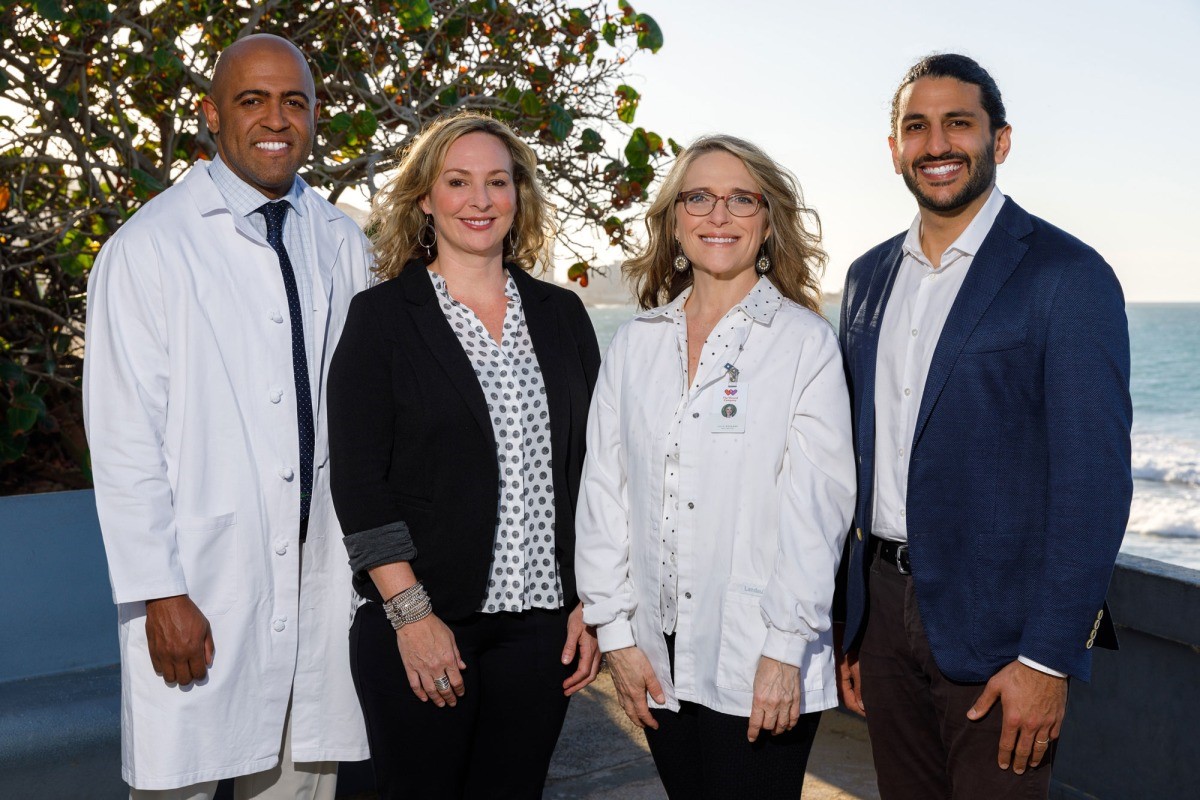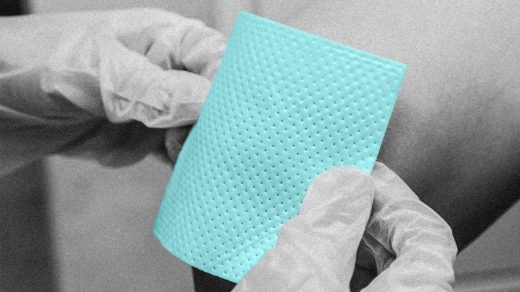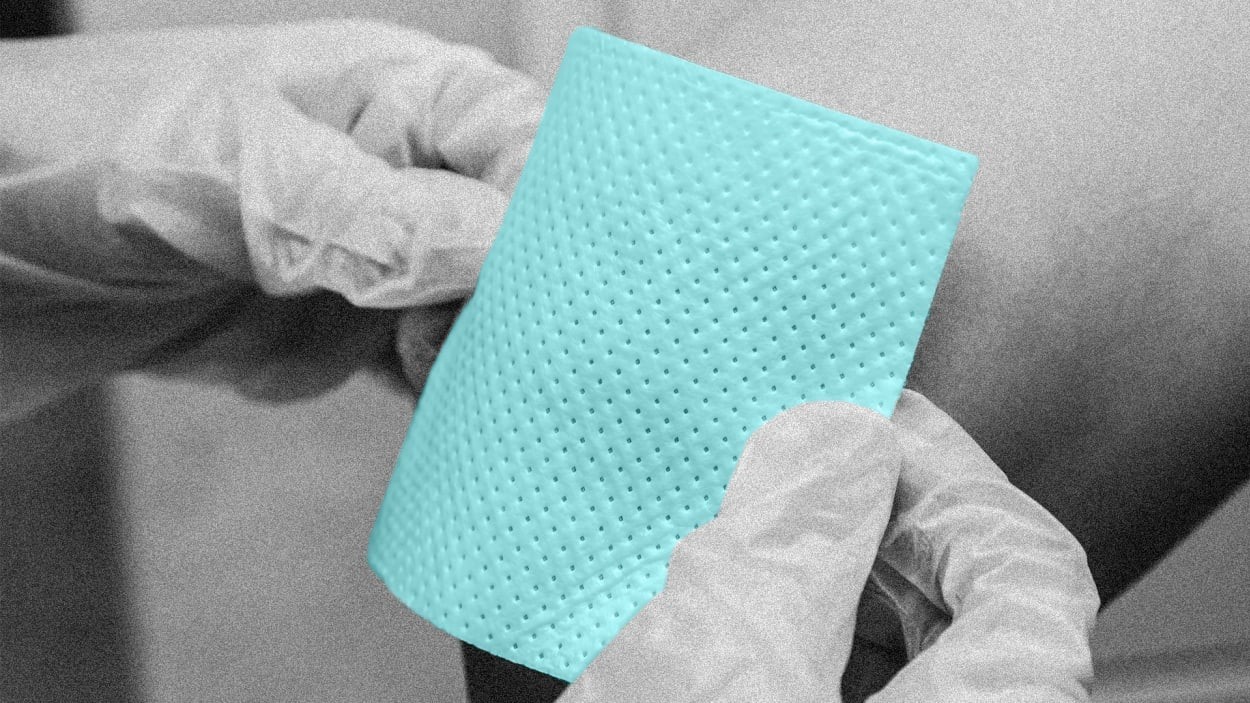Meet the company preventing amputations by bringing wound-care experts to patients
One of Nima Ahmadi’s earliest memories is of an uncle in Iran who had lost two limbs because he hadn’t received proper wound care. His uncle had to sit on a sheet on the floor. “It was extremely traumatizing as a young child,” says Ahmadi.
The experience inspired Ahmadi to focus his work on improving care for people like his uncle. When he was in college, that meant spending a summer in Guatemala working on prosthetics for patients who’d undergone amputations. As he earned his MBA and worked at health-tech companies, Ahmadi realized his focus should be on wound care. So, in 2021, he and Stanford classmate Sanford Roberts started the Wound Company.
Currently, in the U.S. alone, around 8 million people are suffering from wounds that impact the quality of their life. The country spends up to an estimated $96 billion on wound care a year. Improperly treated wounds can have serious consequences: Up to 24% of foot ulcers result in amputation, while bedsores can be fatal. Yet, though amputations have gotten safer and prosthetics have improved, conditions that can lead to amputations have not improved—the prevalence of wounds like foot ulcers has remained the same over the past 20 years. “The sad thing is, wound care in the U.S. isn’t really that much better than in other less developed parts of the world,” Ahmadi says.
During the COVID-19 pandemic, 52% of wound-care practitioners reported that patient wounds increased in severity. At the same time, visits to in-person clinics decreased, while virtual care for wounds increased. Today, telehealth care for wounds offers the solution to a structural problem that has long since plagued patients.
Once a patient leaves the hospital, there isn’t much oversight for their wounds. Wound care is not considered a medical specialty, and there’s no formal training for doctors. Wound care ends up falling on nurses who are often not trained. In practice, this means wounds that are treatable often end up becoming full-blown emergencies—which, beyond being life-threatening, are also expensive for patients and the healthcare system.

The Wound Company works with health plans, clinicians, hospices, and home care providers to provide wound care expertise virtually and in-person. A patient might get referred to the Wound Company through their clinic or health plan, or a home-care nurse might contact the Wound Company to consult its experts on how to care for a particular wound. The patient or caregiver will get connected to one of the Wound Company’s experts via Zoom and talk through the wound and how to take care of it. As the wound heals, caregivers and patients can send progress photos to the team at the Wound Company, which will monitor the healing process.
In the case that a patient needs complex solutions that require in-person care, the Wound Company can dispatch a trained nurse from its team if the patient is within their in-person radius. (The Wound Company declined to provide specifics on how large this radius is.) The nurse can train caregivers in person or set up negative-pressure wound therapy.
For Lindsey Pelletier, a St. Paul, Minnesota-based registered nurse specializing in in-home hospice and palliative care, treating wounds is part one of the challenges of the job. Sometimes, she says she feels like a lone wolf—driving out in all seasons to see patients whose quality of life rests in her ability to solve a wide range of medical issues. Using the Wound Care Company has helped ease some of that burden. “I can contact the Wound Company and get an expert within the same day and get advice if anything changes,” she says. “It’s so valuable to have the opinion of an expert.”
The Wound Company has developed its own standard operating procedures for how to care for wounds based on industry standards, as well as algorithms that match patients to treatment plans based on their wounds. “Our job is to quarterback wound care,” says Julie Roskamp, the Wound Company’s head of care delivery and a nurse certified in wound care.
At a hospital, she says, anywhere from 30 to 40 nurses might be handling a patient’s wound, but then when the patient goes home, it might be a family member. The Wound company wants to bridge that gap. “We connect with the primary care physician, keep track of the wound and make sure that it is healing,” she says.
Currently, the Wound Company has raised $4.25 million in seed funding, and offers in-person services throughout the Midwest, while its telehealth services are available nationally. The Wound Care Company declined to provide specifics on in-person availability, stating it’s growing rapidly. To date, The Wound Company has worked with over 1,000 patients. The company says about 60% of its patients have demonstrated progressive healing on a week-by-week basis; and 75% of patients with chronic wounds have not needed to visit the emergency room.
Cofounder Roberts, a medical doctor who also serves as the company’s chief medical officer, points out the telehealth model is not much different than what he’d do as a practicing physician. After seeing a patient, he’d get calls from patients if their wound got worse. Roberts would often hop on the phone or Zoom. “We’d walk through the issue. I’d save them a trip to the emergency department which is not a fun experience—and $10,000 of unnecessary costs.” The Wound Company aims to take the expertise Roberts provided and make it accessible to everyone. “Wound care can be complicated even for those of us who have been doing it for years,” he said. “We’re hoping to cut through all of that complication.”
(6)



